Commercial & Industrial Steam Cleaners | Pure Steam Cleaners.uk
- Order Before 1pm For Free Next Working Day Machine Delivery!
- UK’s Only Self Descaling Steam Cleaners
- Order Before 1pm For Free Next Working Day Machine Delivery!
The Science Behind Dry vs. Wet Steam Cleaning

When people talk about “dry vs. wet steam cleaning,” it sounds like an argument best left to engineers or overzealous cleaning enthusiasts. Yet, if you’ve ever had to get rid of stubborn grime or sanitise something without wrecking it, you’ll realise it’s actually a pretty practical debate.
Dry steam cleaning uses less water, producing steam with a lower moisture content, about 5% to 10%, which means you’re blasting hot vapour rather than soaking the surface. Wet steam cleaning is, unsurprisingly, more… damp. The moisture content is higher, making it feel like steam with a bit of rain thrown in. The difference might not sound like much until you see how each one behaves on a surface, then it’s like watching a Formula 1 car race a tractor. Both have their moments, but they’re hardly interchangeable.
How Steam Cleaning Works
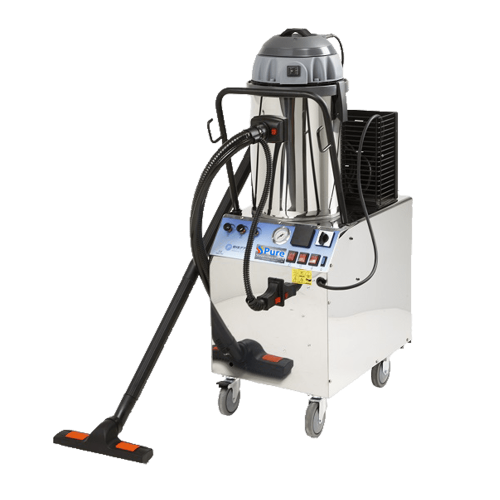
Steam cleaning sounds fancy, but it’s basically water being heated beyond boiling point until it becomes vapour. That vapour is pressurised, which gives it the power to dislodge dirt and kill bacteria. The real trick is in the temperature, dry steam is hotter and “drier,” while wet steam carries more water droplets. Both can sanitise, but they do it differently, and that’s where the dry vs. wet steam cleaning argument starts to heat up.
The Physics of Dry Steam

Dry steam is created by superheating water past 100°C until most of the moisture evaporates into vapour. You’re left with a mist that’s more “hot gas” than “water spray.” Because there’s less moisture, it doesn’t soak into fabrics or cracks, and it evaporates quickly. This makes it ideal for places you don’t want to leave damp, like wooden floors, electrical equipment, or any spot where mould might be waiting to pounce.
The Physics of Wet Steam
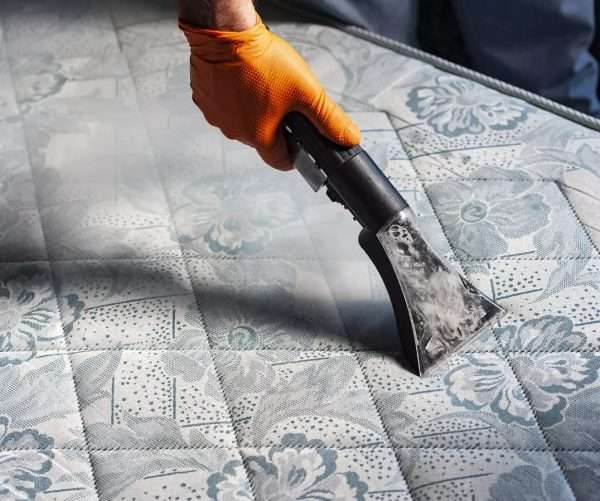
Wet steam is less about finesse and more about brute force. It’s produced at lower temperatures compared to dry steam but with much more water content. Think of it as steam that hasn’t quite made up its mind about being water. That extra moisture gives it more weight and helps it cling to surfaces, which can be perfect for loosening up sticky residues, built-up grease, and caked-on dirt.
Temperature vs. Moisture Balance

In dry vs. wet steam cleaning, the balance between temperature and moisture is what separates the two. Dry steam’s higher temperature makes it more effective for sanitising without excess water, while wet steam relies on moisture to carry away the dirt. One is a scalpel; the other is a sledgehammer. Both can get the job done, it just depends on what you’re trying to clean.
Where Dry Steam Wins

Dry steam is the hero for delicate surfaces, quick turnaround cleaning, and anywhere dampness is a problem. It’s perfect for:
- Cleaning upholstery without soaking it.
- Sanitising kitchens without dripping water into appliances.
- Tackling grout lines without leaving puddles behind.
And because the surface dries almost instantly, you can put that chair back into use or walk on that floor minutes after cleaning.
Where Wet Steam Wins

Wet steam shines in heavy-duty cleaning situations. It’s the go-to when you’ve got:
- Grease-coated machinery.
- Oil-stained workshop floors.
- Sticky residues that need more than just heat to shift.
It’s less about sterilising and more about breaking things loose and washing them away in one sweep.
Hygiene and Sterilisation

When it comes to killing bacteria, dry steam often has the edge because of its higher temperature. Many pathogens simply can’t survive the heat. Wet steam can still sanitise but often needs a bit longer contact time because of the lower temperature. That’s why in the dry vs. wet steam cleaning debate, dry steam is often preferred for hygiene-sensitive environments like hospitals and kitchens.
Environmental Impact

Both methods are far better for the planet than using chemical cleaners, but dry steam tends to use less water. This makes it more eco-friendly and cheaper to run. Wet steam isn’t wasteful, but you’ll still be using more water, which can matter in areas with restrictions.
Dry Steam for Allergy Sufferers
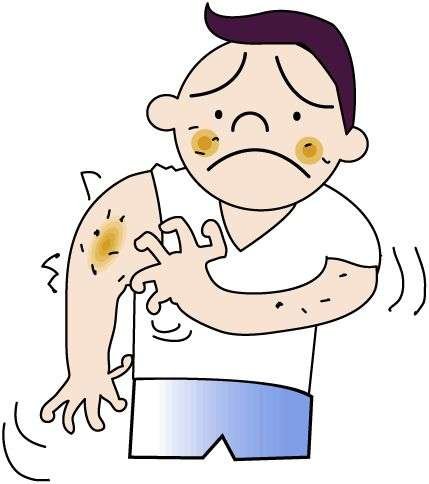
If you’ve got allergies, dry steam cleaning can be a blessing. The heat kills dust mites and neutralises allergens without filling the air with dampness, which can make breathing conditions worse. Wet steam can still help, but the extra moisture can hang around in fabrics and carpets longer.
Maintenance and Longevity of Surfaces

Dry steam is gentler on certain materials because it doesn’t saturate them. Too much moisture from wet steam can seep into cracks and seams, causing swelling or damage over time. That’s why antique furniture, natural stone, and some flooring materials are safer with dry steam.
Cost Considerations

Dry steam cleaning machines often come with a higher price tag because they’re engineered to hit and maintain higher temperatures. Wet steam systems can be more affordable upfront, but they might not be as versatile in certain situations. The choice often depends on whether you want all-rounder capability or a specialist tool.
Dry vs. Wet Steam Cleaning in Commercial Use
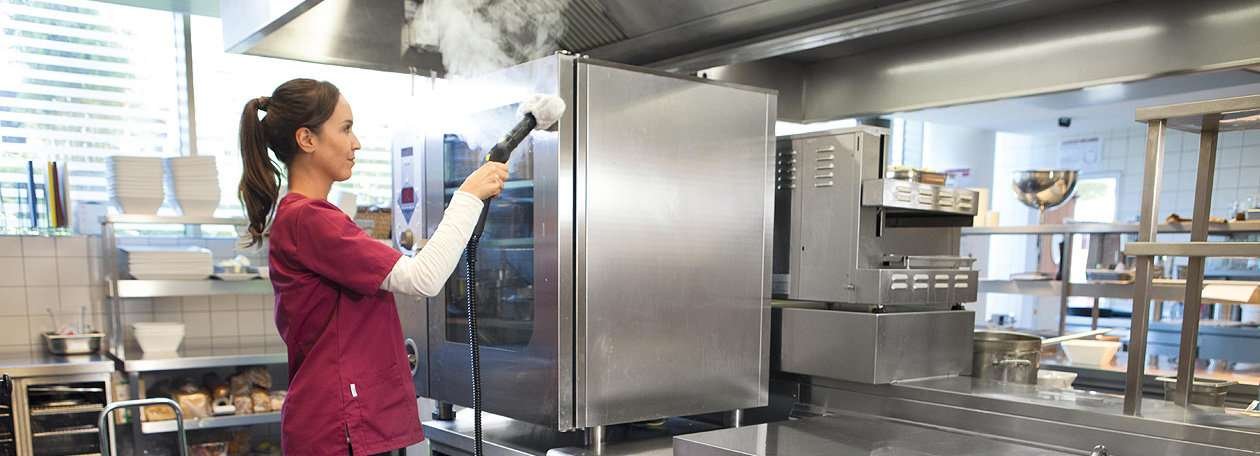
In a commercial kitchen, dry steam is great for sanitising surfaces between food prep without shutting down for drying time. In an industrial garage, wet steam makes short work of oil spills and grease. This is why many businesses actually keep both on hand, one for detail cleaning, one for heavy lifting.
Safety Factors

With both types, you’re dealing with high temperatures and pressurised vapour. The main difference is slip risk: wet steam leaves water behind, dry steam barely does. That matters in environments where people can’t afford to slide across the floor like they’re in a slapstick comedy sketch.
The Verdict on Versatility

When you weigh up dry vs. wet steam cleaning, dry steam wins on versatility for indoor, delicate, and hygiene-critical jobs. Wet steam wins for deep, heavy-duty cleaning where water runoff isn’t a problem.
Matching the Method to the Job
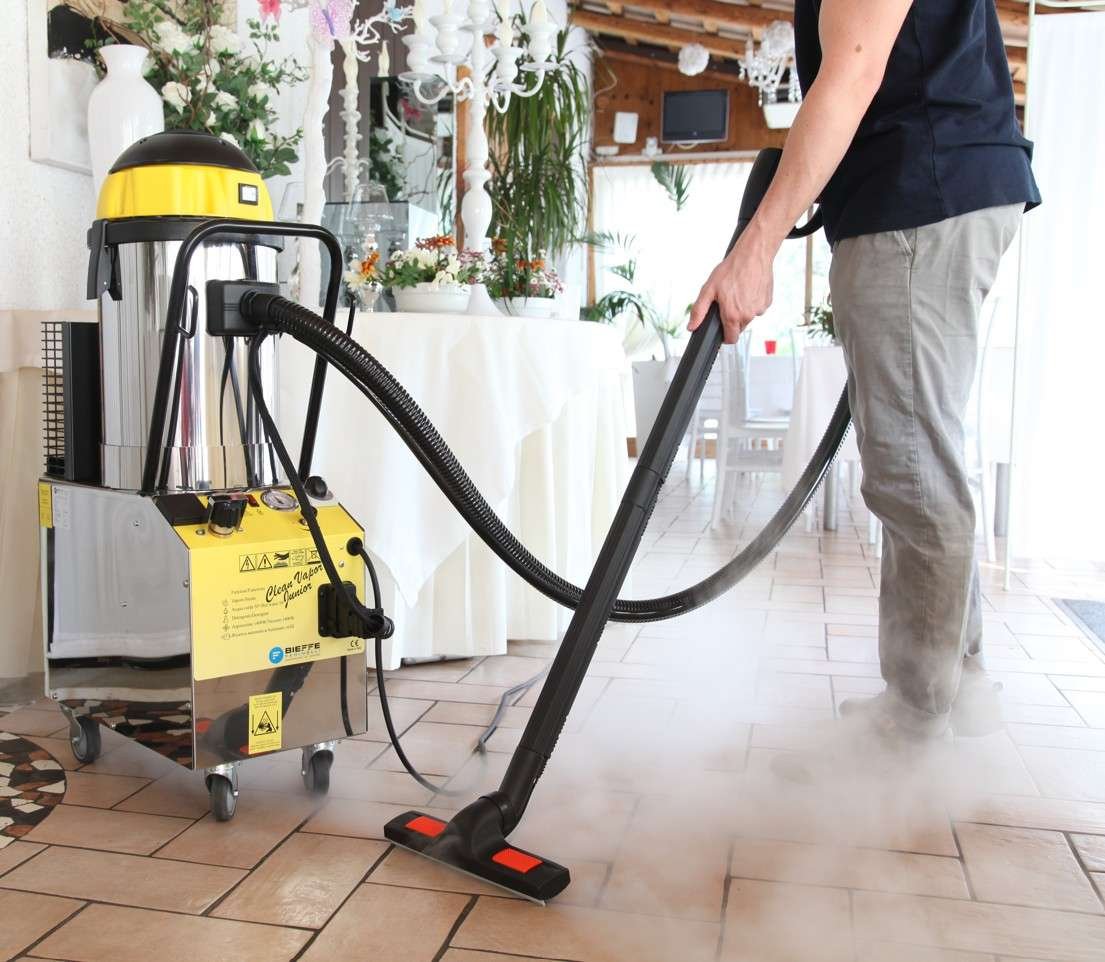
The smartest approach is matching the cleaning type to the situation. If you’re sanitising an operating theatre, you wouldn’t pick wet steam. If you’re degreasing an engine block, you wouldn’t pick dry steam. Pick wrong, and you’ll either leave things half-done or cause damage.
Check out our range of dry steam cleaners!
Pure Steam Cleaners specialises in hiring and selling powerful, self-descaling commercial and industrial dry steam cleaners. Our machines are ideal for deep cleaning in kitchens, healthcare facilities, and manufacturing plants without harsh chemicals.Hires and sells new and second-hand cleaning equipment, including industrial vacuums, floor scrubbers, pressure washers, and floor polishers at Cleaning Equipment Services Ltd.We’re always available to answer any questions and provide guidance on the best cleaning methods and procedures. We’re also very patient and accommodating with explaining the operation and maintenance of the equipment.

